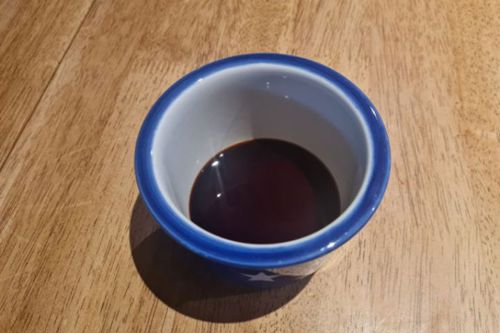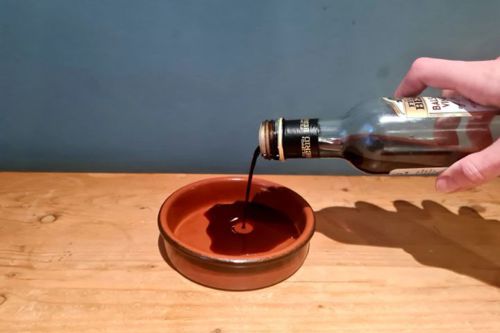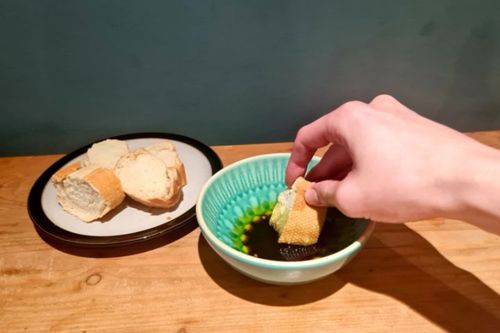Balsamic vinegar is a staple in Italian cuisine, adding flavour and depth to many dishes. It's made from grape must and aged for years, giving it a sweet and complex flavour. Not only does it add a delicious taste to Italian dishes, but it also has many health benefits. In this blog, we will explore how balsamic vinegar is used in Italian cuisine and the health benefits of using it in your cooking.
What is balsamic vinegar and how is balsamic vinegar made?
Balsamic vinegar is a dark brown vinegar made from the must of unfermented grapes or, from double-fermented white grape juice. It is known for its unique, bold flavour profile and tart aftertaste.
Vinegar has been made for at least 5,000 years, which coincides with the fermentation of grapes used in winemaking. Authentic balsamic vinegar is aged in barrels for months or even years and can be quite expensive. It has become a popular ingredient in food preparation, especially in salad dressings and marinades.

History of balsamic vinegar
Balsamic vinegar originates from Italy and documents back to the Middle Ages. It was made by fermenting grape juice in vats for a considerable period of time (usually years). The first written mention of this vinegar dates back to the 12th century, by the monk Donzio of Canossa in a poem describing an event in 1046: when Roman Emperor Henry III travelled across Italy from his home in Bavaria to be crowned emperor by Pope Clement II.
This is how the process of making balsamic vinegar became known and practiced. Its popularity rose steadily in the early 20th century but remains mostly in Italy. Throughout the Western world, balsamic vinegar has become a specialty vinegar.
History of balsamic vinegar
Balsamic vinegar originates from Italy and documents back to the Middle Ages. It was made by fermenting grape juice in vats for a considerable period of time (usually years). The first written mention of this vinegar dates back to the 12th century, by the monk Donzio of Canossa in a poem describing an event in 1046: when Roman Emperor Henry III travelled across Italy from his home in Bavaria to be crowned emperor by Pope Clement II.
This is how the process of making balsamic vinegar became known and practiced. Its popularity rose steadily in the early 20th century but remains mostly in Italy. Throughout the Western world, balsamic vinegar has become a specialty vinegar.

What are the health benefits of balsamic vinegar?
High-quality balsamic vinegar has been shown to have several health benefits. It offers a wonderful flavour with no added refined sugar or colouring (all sugars and sulphites are naturally occurring).
Studies suggest that it has no cholesterol and is low in sodium, making it a great option for those looking to maintain or lower cholesterol levels. It is a source of calcium, iron, manganese, phosphorus, and potassium, which are important in a balanced diet.

How to use balsamic vinegar?
Balsamic vinegar can make a salad pop, drizzle this tart vinegar over salads to impress guests …and taste buds! Try an Italian Caprese Salad, slice fresh mozzarella, buffalo tomatoes and basil leaves and add to a bowl, pour balsamic vinegar and olive oil over the top, don’t forget to salt and pepper to taste, and voilà a tasty side salad.
Balsamic vinegar pairs perfectly with Extra Virgin Olive Oil, this dream team is used a lot in Italy. Top tip, add balsamic vinegar and olive oil (20% balsamic vinegar: 80% olive oil ratio) to a small dish, and dip in crusty bread for a delicious, simple starter.
This bold vinegar is a kitchen ‘must-have’, so don’t be afraid to add it to your favourite Italian dishes and salads. Not only will it benefit the taste of the dish but aid a healthy balanced diet.